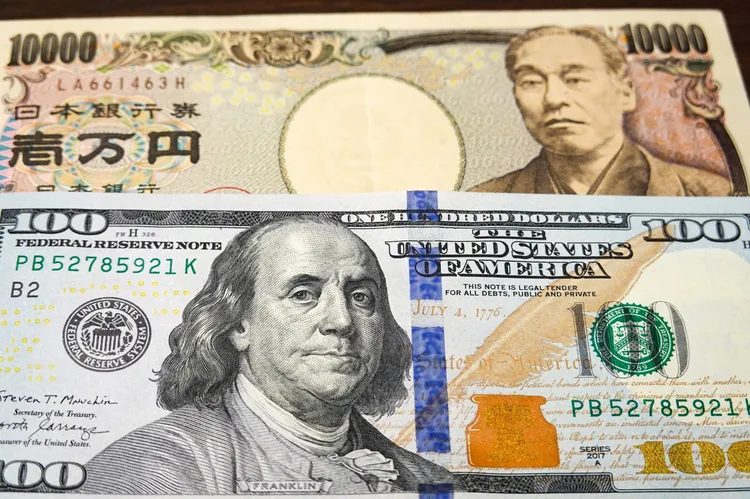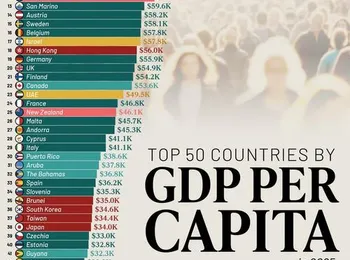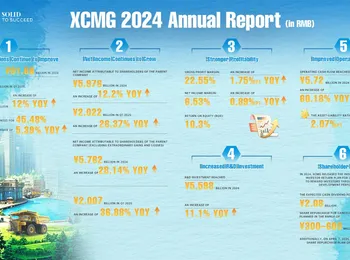Japan’s unexpected leadership shift is sending shockwaves through global financial markets, particularly impacting the yen’s value against the dollar. The ruling Liberal Democratic Party’s selection of Sanae Takaichi as the next prime minister – a move surprising many who anticipated Shinjiro Koizumi’s victory – is already triggering significant market reactions. Takaichi’s preference for looser fiscal and monetary policies contrasts sharply with Koizumi’s more conservative approach, immediately raising concerns about increased government debt and a potential re-evaluation of interest rate hikes by the Bank of Japan. Japan’s existing debt burden, exceeding 200% of its GDP, exacerbates these worries, leading investors to anticipate higher bond yields and increased pressure on long-term bond prices. This, in turn, could create upward pressure on bond yields globally, notably in the United States, where Japanese investors represent a substantial portion of Treasury debt purchases. The immediate impact on the market was reflected in the 10-year Treasury yield, which remained steady at 4.121%. Furthermore, the U.S. dollar gained 1.2% against the yen and 0.2% against the euro, indicating a strong preference for the dollar. These developments were mirrored in broader market sentiment, with Dow Jones Industrial Average futures rising 37 points (0.1%), S&P 500 futures increasing by 0.1%, and Nasdaq futures adding 0.1%. Commodity markets also reacted, with U.S. oil prices jumping 0.9% to $61.44 per barrel and Brent crude increasing nearly 1% to $65.15. Gold experienced a modest gain, edging up 0.1% to $3,911.60 per ounce.
The political ramifications extend beyond simple economic policy. Takaichi’s future relationship with President Trump is also under scrutiny, particularly given her earlier comments suggesting a renegotiation of the trade deal between the two countries. However, following her victory, she has tempered this stance, stating that renegotiation is not currently on the table. This shift highlights the complexities of the political landscape and its potential influence on market expectations. Simultaneously, financial markets are navigating ongoing uncertainty stemming from the U.S. government shutdown, which continues to hinder the release of key economic indicators. The shutdown has effectively obscured the September jobs report, a critical gauge of economic health, creating a significant information gap. This lack of data has prompted economists to rely on alternative, private-sector data sources, such as those provided by Moody’s Analytics chief economist Mark Zandi, who warned of essentially no job growth in September, citing data from Revelio Labs and ADP. Zandi emphasized the critical importance of the Bureau of Labor Statistics’ jobs report but acknowledged the commendable efforts of private data sources to fill the information void. "The bottom line is that not having the BLS jobs data is a serious problem for assessing the health of the economy and making good policy decisions," he stated.
The uncertainty surrounding the shutdown and the jobs report is compounded by the scheduled release of minutes from the Federal Reserve’s last policy meeting on Wednesday, which is expected to provide further insights into the central bank’s intentions. Several Fed officials are also scheduled to speak throughout the coming week, including Chairman Jerome Powell on Thursday, adding to the level of scrutiny. The ongoing shutdown’s impact is particularly significant, preventing the Bureau of Labor Statistics from issuing its jobs report for September on Friday, Wall Street is turning to alternate gauges from the private sector. This situation underscores the vulnerability of the global economy to political gridlock and the challenges of accurately assessing economic conditions. Ultimately, the market’s reaction to Takaichi's leadership and the continued disruption caused by the U.S. government shutdown will continue to dominate investment decisions in the short term.
























